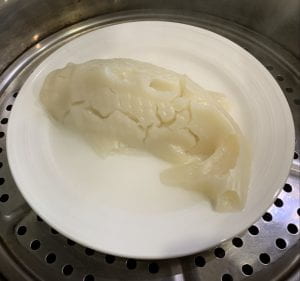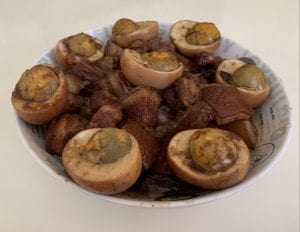General Information About Item:
- Material Lore, Item
- Customary Lore, yearly practice
- Language: English
- Country of Origin: United States
- Informant: A.T. Age 18
- Date Collected: 11-06-2021
Informant Data:
- A.T. is a male senior high school student. He is from a non religious family and lives in Wingdale, New York. When not studying and going to school, A.T. enjoys being in the band and performing as an actor of the theater department.
Contextual Data:
- Cultural Context: An advent calendar is a German originated item and practice dated back at least a century. It’s a calendar numbered 1-24 for each day of December up to Christmas. With each day, the recipient is given a piece of chocolate that they pop out of the calendar itself.
- Social Context: This practice was brought up when asked about notable traditions or events he has during Christmas time. The calendar is often bought as a gift for another person. It’s a way to show kindness and care, but it also keeps the Christmas spirit by having a small consolation to look forward to each day.
Item:
- An advent calendar is a December calendar numbered 1-24 for each day before Christmas. With each day, there is a piece of chocolate that the recipient pops out to eat on that given date. A.T. was taught this tradition from his mother, who was also taught by her mother, making the practice a passed down family tradition. For the Tracey family, the advent calendar is not only a way for the parent to connect their child to their lineage, but it also excites the kid with a treat they may not otherwise be allowed to have. It’s the epitome of Christmas Spirit as it shows care and affection while practicing small scale traditional gift giving.
Transcript:
- “Every December first, our mother gives my brother, sister, and I and advent calendar. It’s just a a calendar for December with a piece of chocolate we can eat each day before Christmas. When I was a kid I always got so excited just because I got to eat chocolate in the morning but when we got older she told us our grandma did the same for her, and her mother before her. The chocolate part was cool and all, but this added such a nice sentiment to it and it always is amazing to think about my mom being a kid just like me getting excited for chocolate in the same exact way. I always hear stories from my mom and grandma and it’s always nice to learn about my family, but this makes me always feel so connected with with my ancestors, even the ones I didn’t even know”
Informant’s Comments:
- “Before I learned about the heritage of the calendar, it was always just a way to embrace the Christmas spirit. The little shapes of the chocolates as stockings or Christmas trees or whatever are always so cute to me and make me so happy.”
Collector’s Comments:
- Much like the idea of Santa and even Christmas as a whole, advent calendars have fallen victim to American commercialization. However, the roots of the folk item still linger throughout society as families and small cultures continue to follow decade long traditions that continue to hold sentimental value to them regardless of the increased westernization.
Collected By:
Dylan Lawler
Dover Plains, NY
Hanover, NH
Dartmouth College
RUSS013
Fall 2021



